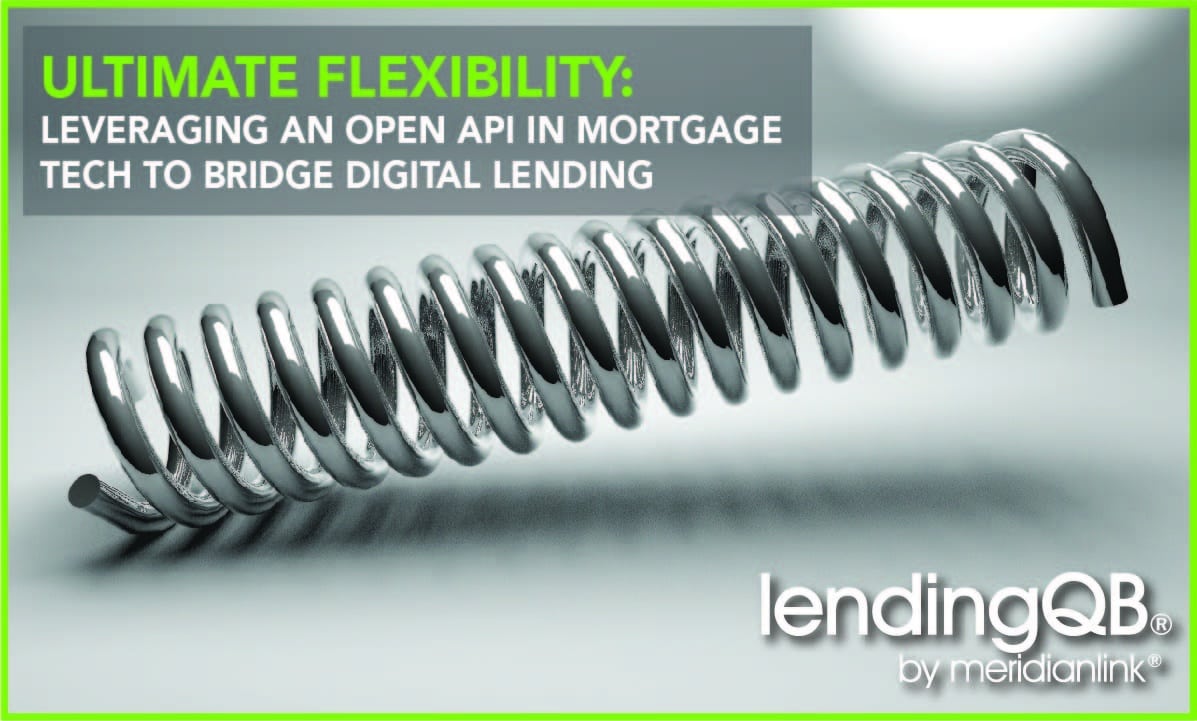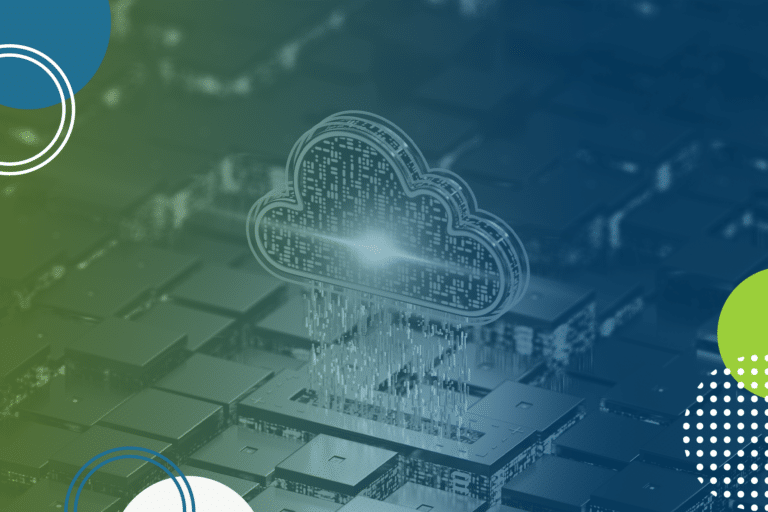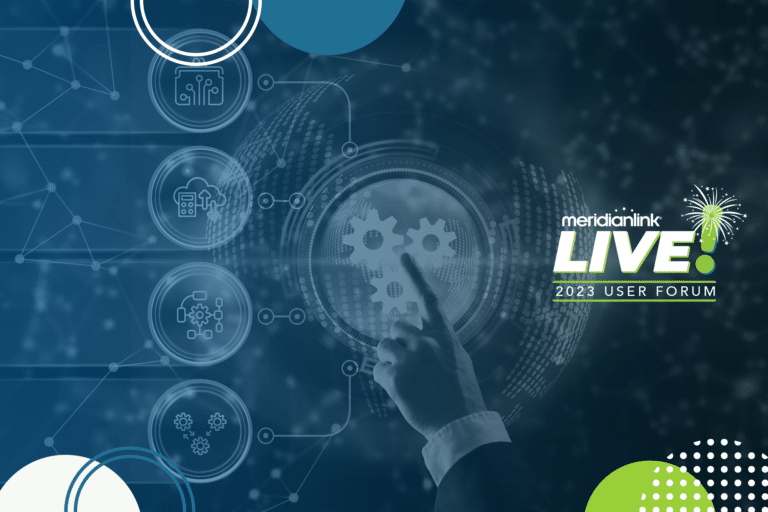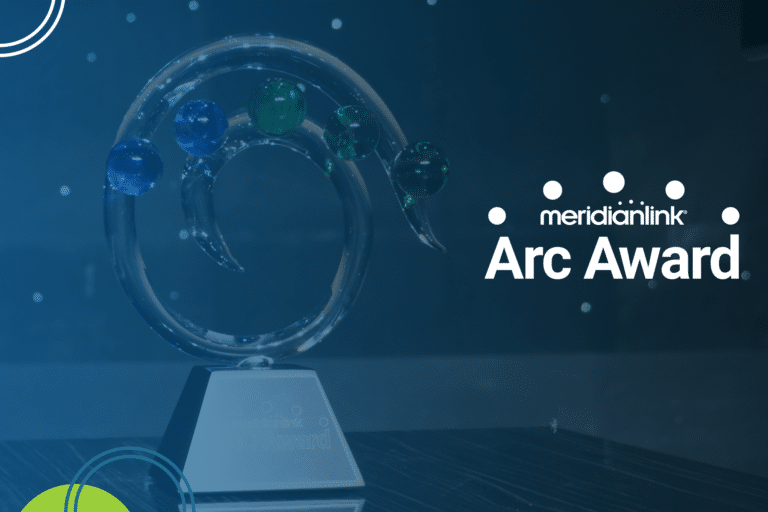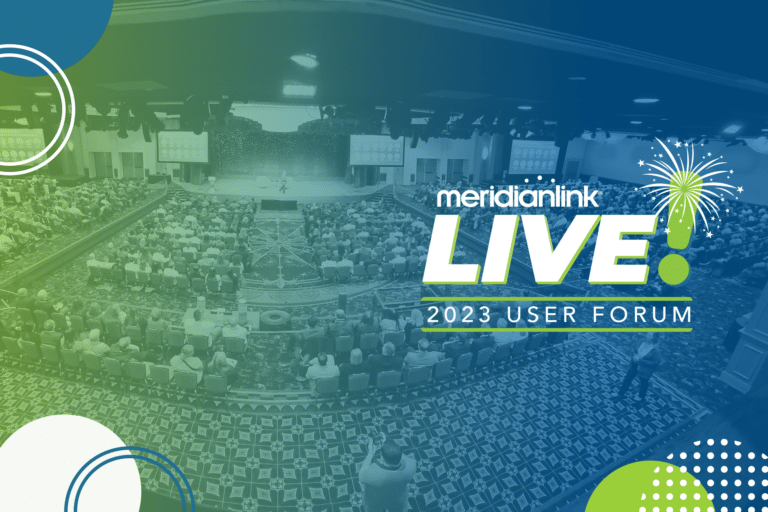In any business, companies can only move as fast as the slowest part of the process. For mortgage lenders, the slowest part of the loan process – outside of regulatory mandated waiting periods – has often been the limitations of physical paper. Whether it is the printing, delivery and fulfillment of paper-based disclosures and closing packages or the transfer of data from a paper application to an underwriting system, manually completing any task dramatically slows down a lender’s efficiency.
Along with the rest of the nation’s industries, mortgage lenders have spent the past two decades transitioning to a digital economy. In its truest form, digital lending refers to a lending process in which all parties conduct all steps of the loan process electronically. This encompasses everything from the initial application submitted by the borrower to delivery and servicing by the investor.
With the rise in consumer interest around conducting financial business digitally, it’s vital for lenders to embrace as much of the digital mortgage as possible. This paradigm shift requires that all documents undergo an entirely paperless closing process—or in other words, are signed, notarized, registered, delivered and stored electronically.
With the rise in consumer interest around conducting financial business digitally, it’s vital for lenders to embrace as much of the digital mortgage as possible.
While the mortgage industry is better positioned than ever to accomplish this feat, there are many other factors impeding fully-realized electronic mortgages from becoming the industry-wide standard. One of the biggest challenges is getting all the technology tools needed to process loans electronically working together. One approach that is helping lenders build the system of their dreams is leveraging an open API to simplify the task of integrating many excellent vendors into one efficient system.
Bridging to the Future with API
The foundation for a successful digital lending strategy is having the appropriate technological infrastructure. With the proper technology in place, borrower data seamlessly moves through each phase of the origination process, along with reducing the risk of human error.
Lenders need three main tools to build a fully digital lending workflow: an intuitive and responsive point of sale (POS) where borrowers can initially complete loan applications and manage their loan status; a loan origination system (LOS) to address all necessary verification and underwriting; and a document and eSignature provider for closing, delivery and servicing.
Of these tools, the LOS is the foundation into which all other tools must integrate into. While some LOS providers try to offer every tool in one system, most lenders find that they prefer to build a custom tech environment that leverages the expertise and functionality of several different software providers.
This is where an open API becomes essential for the evolution to digital lending. When lenders select an LOS with an open API, they gain access to more resources that can enable them to streamline their lending process. Instead of waiting months or years for two vendors to reach an integration contract, build and code a proprietary integration, test and finally roll out the solution, vendors can instead use the API to build integrations more quickly and accurately using data standards provided by the LOS.
When lenders select an Loan Origination System with an open API, they gain access to more resources that can enable them to streamline their lending process.
This choice creates an environment of competition where vendors are increasingly challenged to continue refining and improving their solutions to provide the best value for lenders. Lenders are also able to continue configuring their LOS’ long after the initial implementation, which is beneficial during period of growth or changes within the lenders organizations that promote new ways to lend.
MeridianLink Mortgage Origination System
This is vital for lenders as they move toward the primary goal of a complete
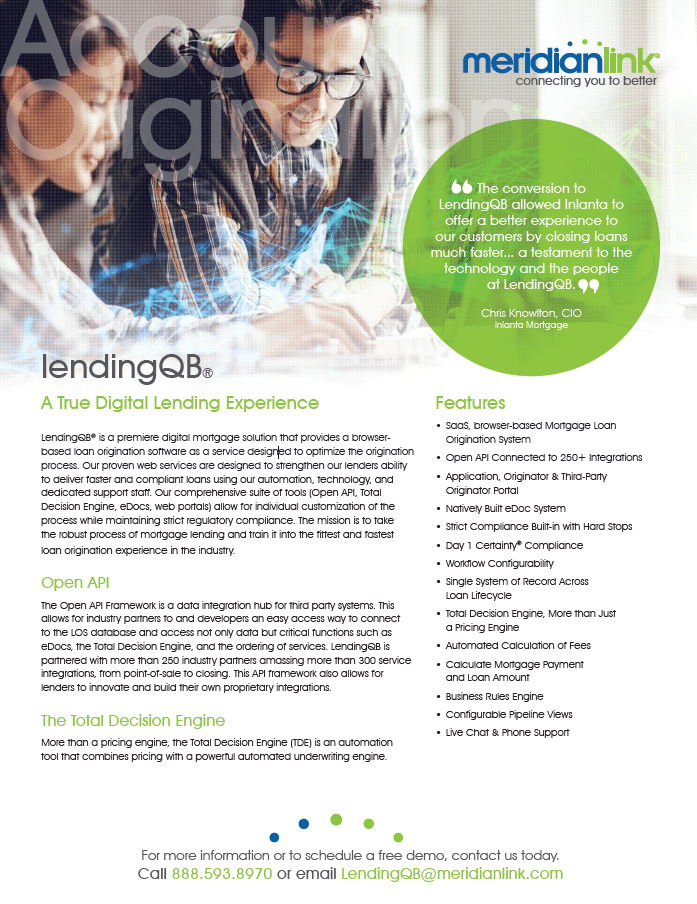
end-to-end digital mortgage. An open Application Programming Interface (API) provides a more efficient and streamlined experience for both lenders and borrowers alike. Lenders will also have singular, standardized proof of compliance and be able to maintain a higher level of data integrity by significantly reducing manual data processing.
Along with time-efficiency, improved data integrity and transparency are additional benefits found in leveraging the appropriate technological tools. The increase in data integrity not only helps expedite the origination process, but also provides clarity on the secondary market. This
technology helps both lenders and investor mitigate risk and ensures the loans initially meet the standards required for origination and servicing.
The bottom line is that electronic lending affords all parties involved a wealth of benefits. Lenders and investors who manage their loans electronically will be able to cut down significantly on the time it takes to originate and service these loans, enabling them to handle a greater volume and thus drive greater profits. Not only that, but they’ll be able to show their borrowers a better experience, making it more likely that these borrowers will return for future lending needs.
